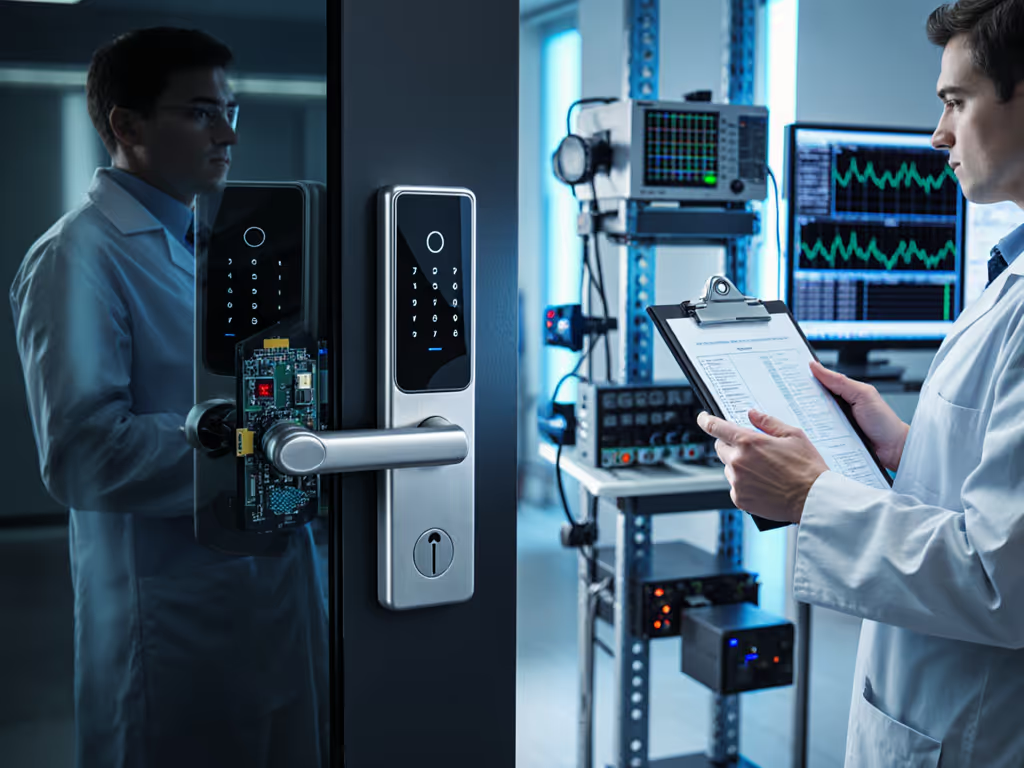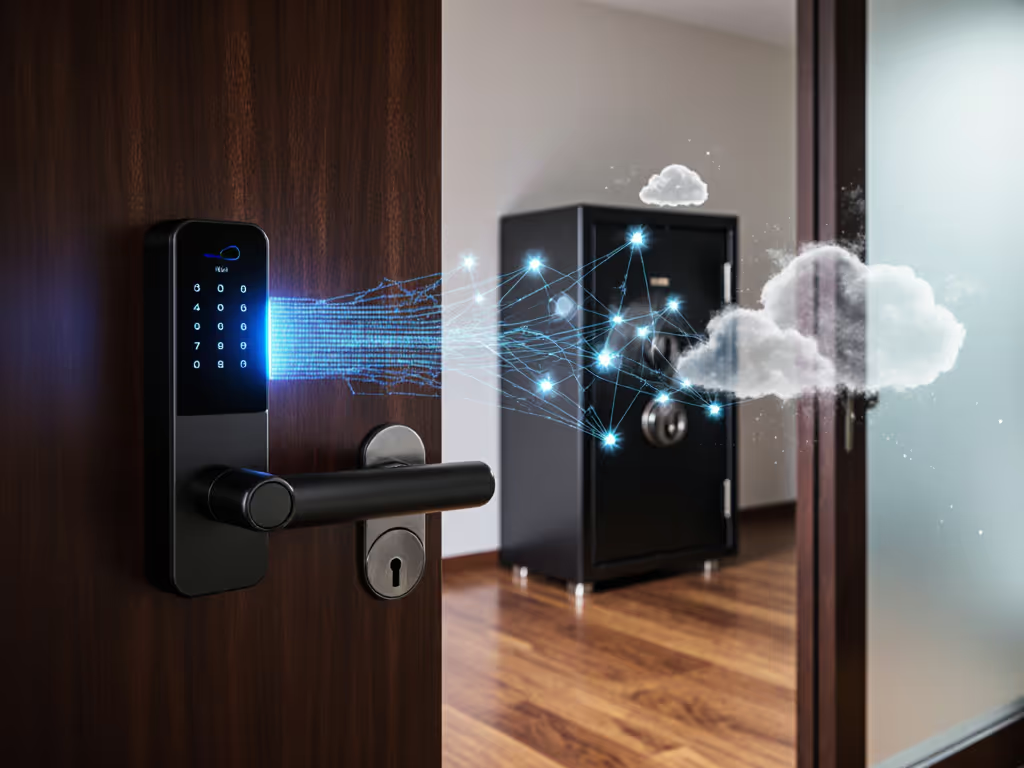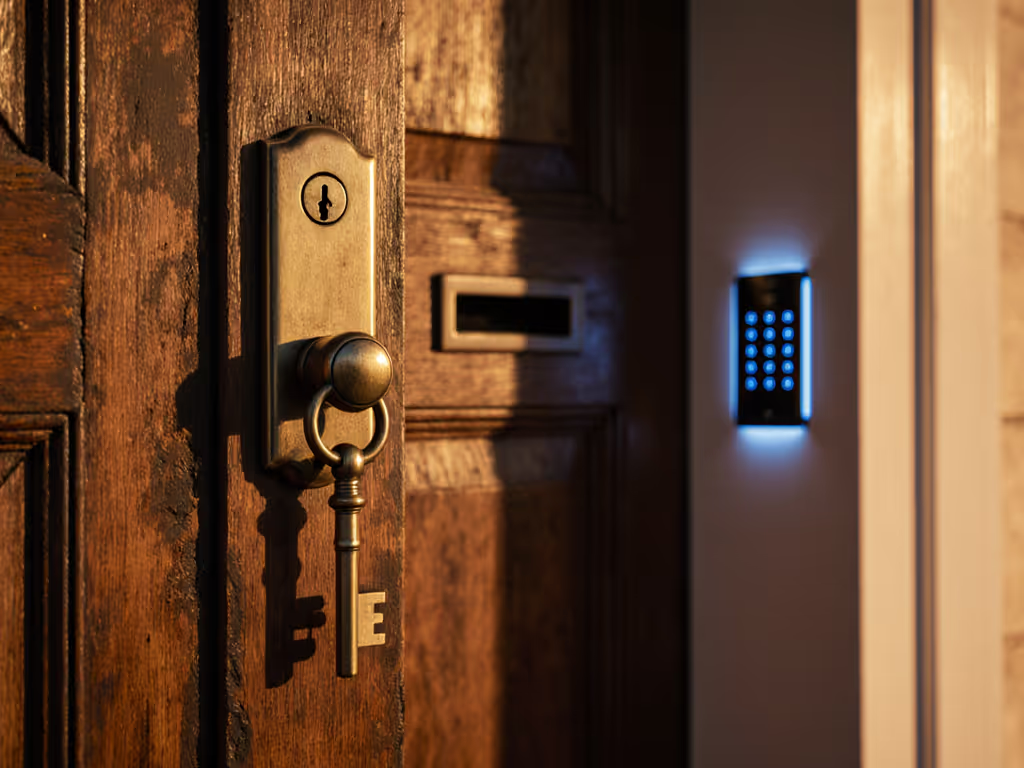
Smart Lock Security: Local Encryption & Offline Safety Protocols
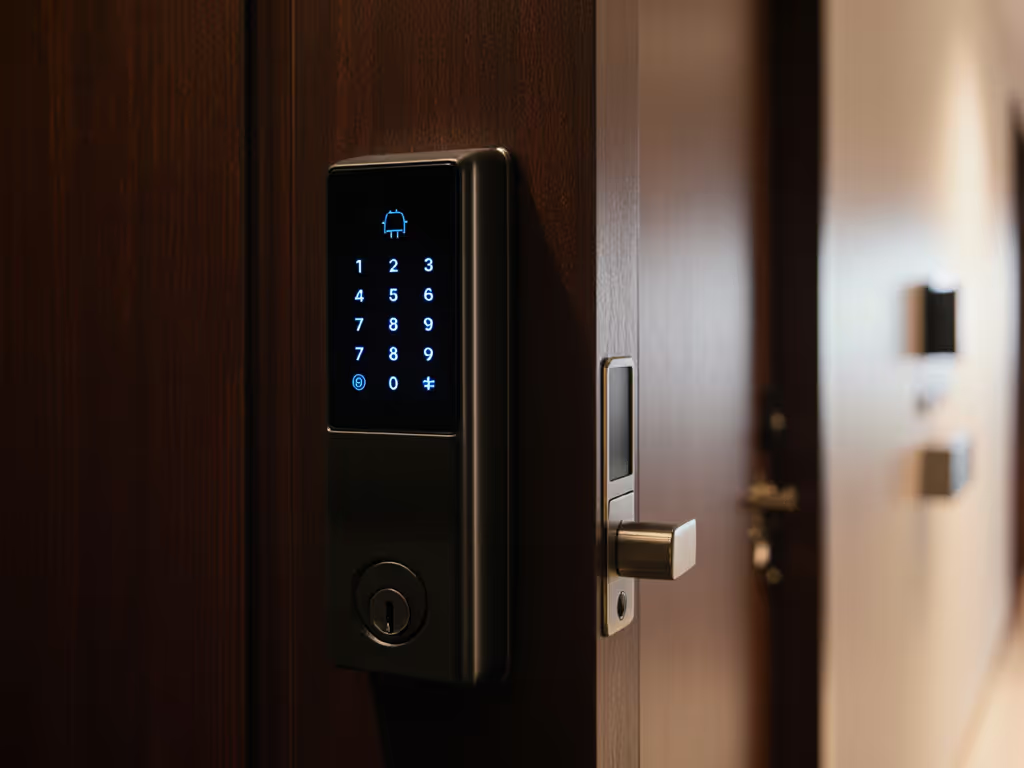
As privacy-conscious homeowners increasingly seek robust smart lock door solutions that deliver both convenience and true security, they're discovering a critical distinction: cloud-dependent convenience versus locally-secured protection. When selecting the best door security lock for your home, understanding encryption standards and offline functionality isn't just a technical detail, it is the foundation of a system that survives vendor whims, network outages, and evolving threat landscapes. The difference between a truly secure deployment and a vulnerability-prone convenience toy often lies in how well encryption operates when the internet connection fails.
How do modern smart locks implement encryption for local operations versus cloud communications?
Smart lock security architecture typically employs layered encryption protocols that serve different purposes depending on the communication context. For local operations (Bluetooth, Zigbee, Thread, or direct Wi-Fi), smart lock encryption standards typically implement:
- AES-128/256: For data at rest on the lock's microcontroller
- Secure key exchange protocols: Using ephemeral keys for each session
- Zigbee clusters with manufacturer-specific security extensions
- Z-Wave S2 security framework for authentication and encryption
The critical distinction lies in implementation depth. Many manufacturers claim "military-grade encryption" while implementing it only for cloud communications, leaving local channels vulnerable. True local security requires encryption that remains fully operational without internet connectivity, protecting commands, audit logs, and user credentials even when isolated.
Interoperate today, migrate tomorrow, and stay sovereign throughout.
What happens when your internet connection fails: does your smart lock remain secure and functional?
This is where most consumer-grade smart locks fail the resilience test. A properly designed system maintains three critical functions during outages:
- Local command processing: Authentication and execution of unlock commands via Bluetooth, NFC, or physical interfaces
- Secure local storage: Encrypted storage of access logs and user credentials
- Failure mode integrity: Maintaining security posture without degrading to less secure protocols
When a vendor discontinued its proprietary bridge platform last year, many clients lost remote functionality overnight. Because we'd prioritized devices with Matter/Thread join behavior and documented local flows, we rebuilt the entire system on a Home Assistant controller in 72 hours, without compromising security. This experience reinforced my principle: always test cold starts and power cycles to verify a lock's true offline capabilities before deployment.
How do Matter and Thread protocols enhance local encryption security compared to proprietary solutions?
Matter over Thread represents a significant advancement in locally-secured smart locks through:
- Commissioning security: Cryptographic binding during setup ensures only authorized controllers can join
- End-to-end encryption: Even within local networks, traffic remains encrypted between endpoints
- BLE advertising with randomized, rotating identifiers that prevent tracking
- Bridge vs end device roles with clear security boundaries
Unlike proprietary ecosystems that require cloud authentication for basic functionality, Matter's design ensures that local control remains fully operational regardless of internet status. This architectural choice directly addresses the "cloud lock-in" pain point that plagues so many homeowners who discover their $300 lock reverts to basic functionality during outages.
What specific vulnerabilities does proper encryption prevent in smart lock systems?
Without robust implementation to prevent smart lock hacking, systems remain vulnerable to:
- Replay attacks: Capturing and retransmitting valid commands
- Man-in-the-middle attacks: Intercepting communications between lock and controller
- Firmware tampering: Modifying lock behavior through unauthorized updates
- Brute force attacks: Systematically attempting access codes
Properly implemented Z-Wave S2 security, for example, incorporates nonce-based authentication that prevents replay attacks while maintaining local operation during outages. Similarly, Matter's commissioning process creates unique per-device credentials that prevent unauthorized controllers from joining the network, even if they're physically present.
How can consumers verify that a manufacturer's security claims are technically sound?
Verification requires moving beyond marketing materials to examine: For a practical framework to assess attack vectors and defenses, see our smart lock security testing guide.
- Third-party security audits: Look for published audit results from reputable firms
- CVE response history: How quickly does the vendor address discovered vulnerabilities?
- Documentation transparency: Are encryption implementation details publicly available?
- Local API accessibility: Can you interact with the lock without vendor cloud services?
The presence of comprehensive developer documentation often correlates with stronger security posture. Manufacturers that treat security as a marketing checkbox typically provide minimal technical detail, while those with genuine security commitment maintain public changelogs, security advisories, and clear documentation of their smart lock encryption standards.
What physical security standards should complement encryption in a comprehensive door security solution?
Encryption alone cannot compensate for poor physical security. The best door security lock combines:
- ANSI/BHMA grade ratings: Look for Grade 1 or 2 mechanical security
- Tamper detection mechanisms: Physical sensors that trigger alerts during forced entry attempts
- Secure key management: Mechanical override that does not compromise digital security
- Robust enclosure: Protection against environmental factors and physical attacks
For renters and property managers, look for solutions that maintain existing exterior hardware while adding smart capabilities (a critical consideration for those operating within lease constraints). Physical security remains the foundation; digital security builds upon it.
What testing methodology should security-conscious users employ before deploying a smart lock?
Beyond basic functionality checks, perform these critical validation steps:
- Disconnect internet completely: Verify all local functionality remains operational
- Test multiple power cycles: Confirm the lock maintains security state after outages
- Attempt local API access: Verify you can interact without vendor accounts
- Review audit logs: Check if they're stored locally and remain accessible offline
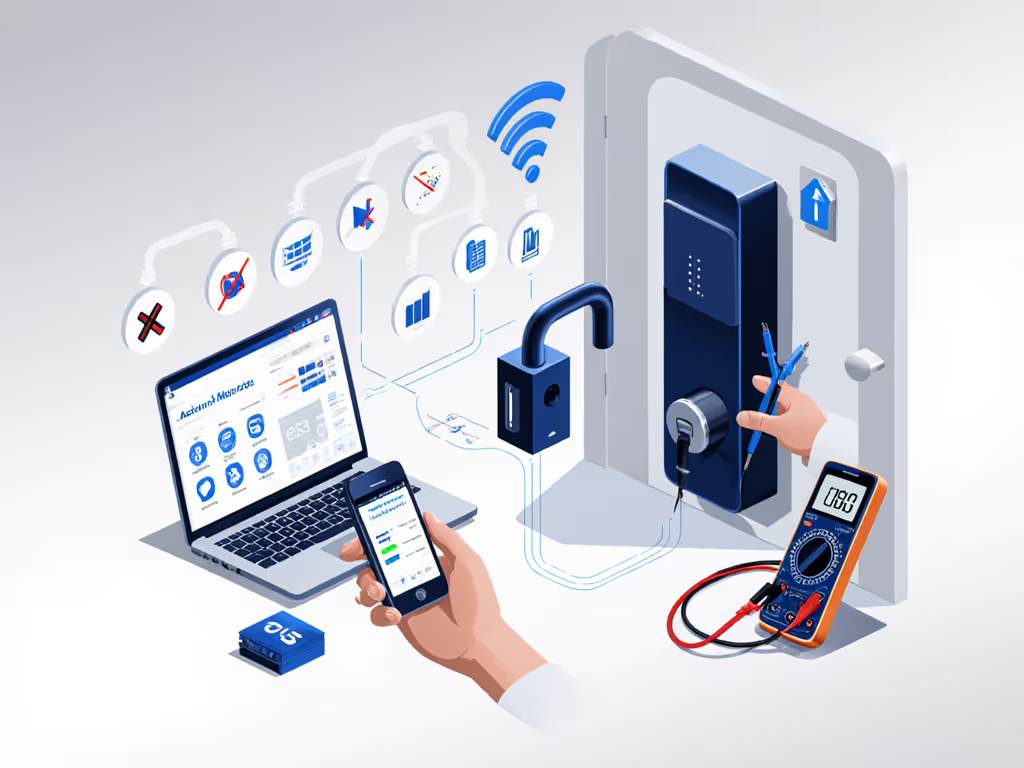
Testing these failure modes reveals whether a product truly delivers the security it promises. Too many "smart" locks become merely connected deadbolts when internet connectivity fails, precisely when robust local security matters most.
Final Considerations: Building a Resilient Security Ecosystem
When evaluating a security lock for door installations, recognize that true security requires more than strong encryption, it demands architectural choices that prioritize local control, open standards, and graceful failure modes. The most secure systems maintain functionality and security posture even when individual components fail.
For privacy-conscious homeowners and property managers, the path forward is clear: prioritize devices with documented local APIs, open standards compliance, and transparent security posture. This approach ensures your smart lock door solution remains both secure and functional regardless of vendor business decisions or network conditions.
As we continue integrating technology into our most personal spaces, remember that the strongest locks aren't just those that resist physical attacks, they are the ones that maintain sovereignty over your home's access, even when the digital world falters. Evaluate prospective solutions not just for their current capabilities, but for how they'll perform when disconnected, deprecated, or challenged by tomorrow's threats.

